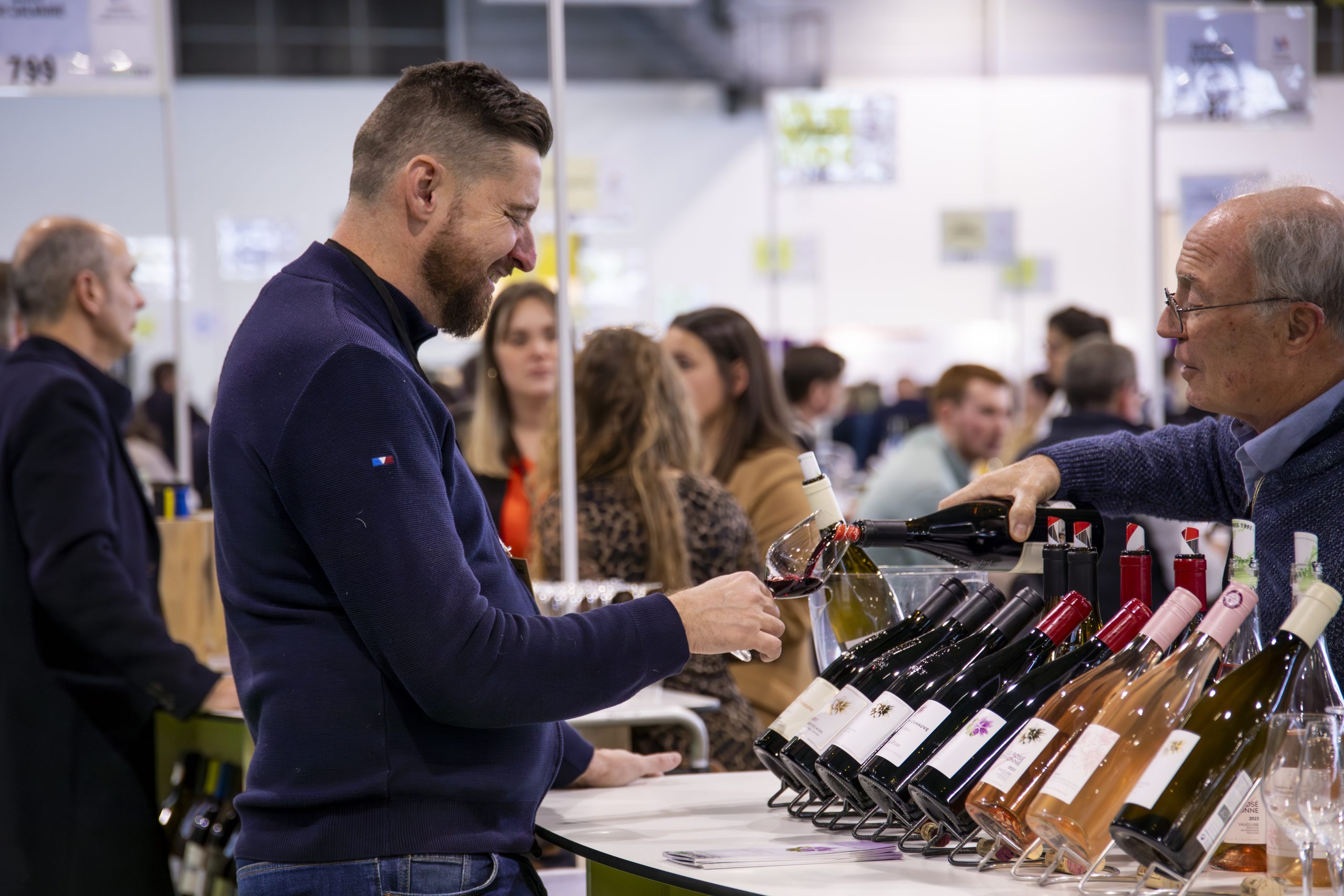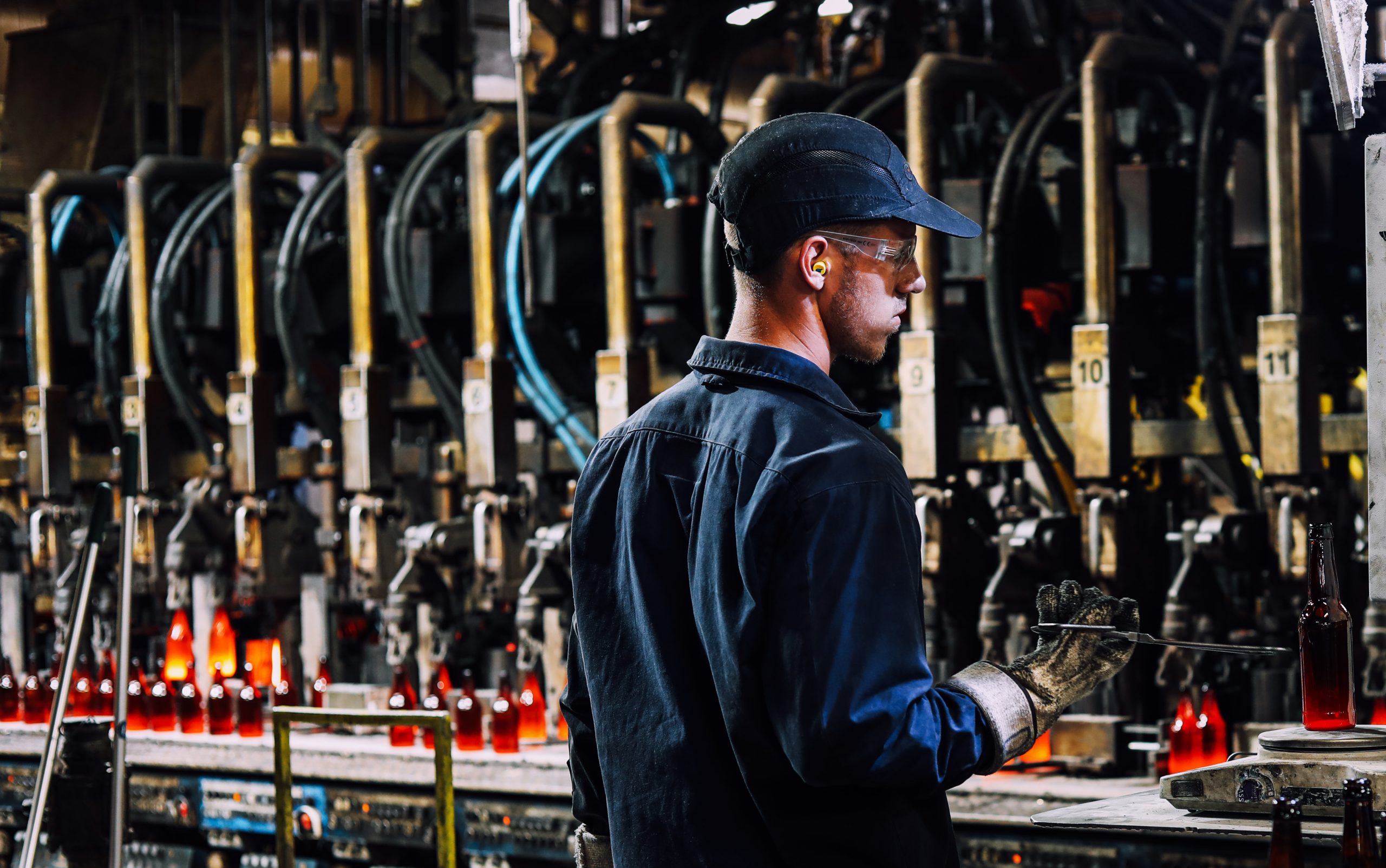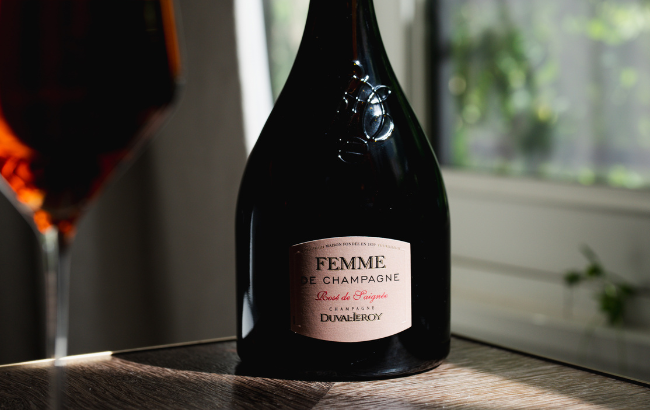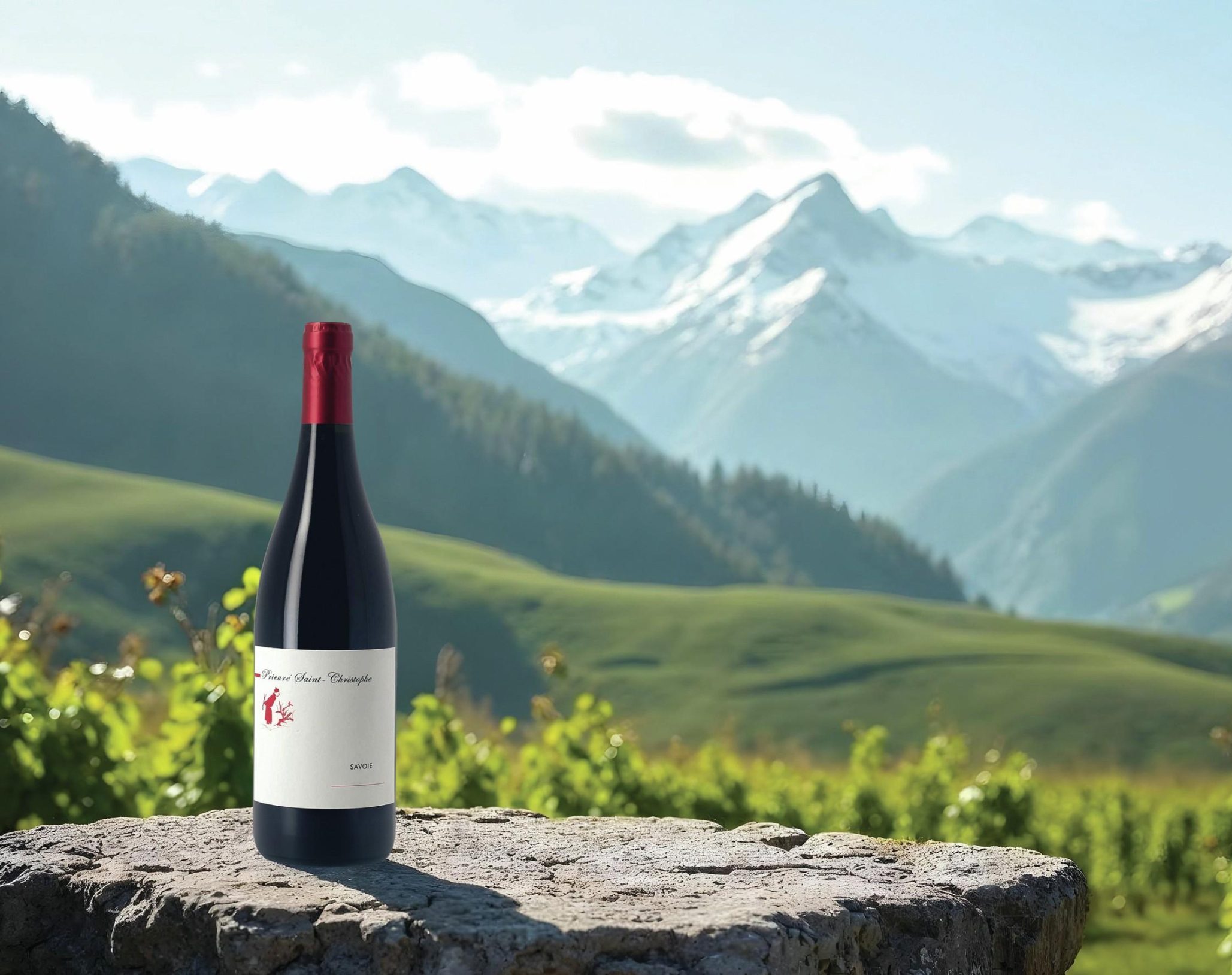This website uses cookies so that we can provide you with the best user experience possible. Cookie information is stored in your browser and performs functions such as recognising you when you return to our website and helping our team to understand which sections of the website you find most interesting and useful.
10 stellar South African Chenins
The 2017 grape harvest gets under way in South Africa (Photo: Jaco Engelbrecht/visualviticulture.co.za)
The 2017 white grape harvest is now under way in South Africa, with some impressive images, such as the one on the right, emerging of bejewelled rows of Chenin Blanc vines being picked on sunny mornings in Stellenbosch and beyond.
We at db were happy to see such scenes and be reminded of the very high quality of so many South African Chenin Blancs, many of highlighting the country’s impressive old-vine heritage, and the new generation of South Africa’s winemaking talent.
Expectations for the 2017 Chenin harvest are of a smaller than average yield, with the hardy old bush vines handling the particularly dry conditions well.
Head VinPro viticulturist, Francois Viljoen told db: “The 2017 Chenin Blanc harvest is predicted to be smaller than the recorded average. However, producers are expecting it to be bigger than the 2016 vintage.
“Because Chenin is well-suited to the South African climate, the vines seem to be handling the dryer than average conditions better than some other white cultivars. In particular, it is worth mentioning that the Chenin bush vines are looking remarkably good this year.”
We wish all the growers and winemakers well for the harvest and, in the pages that follow, we pick out 10 Chenins which display that special combination of freshness, tension and mellifluous fruit which so many SA winemakers do so well.
1. Adi Badenhorst Dassiekop Steen
2015 was the first release of this superb single-vineyard Chenin. From a very old (1956) Swartland vineyard (the best Chenin site in Paardeberg, according to Adi), this is a very small production wine with great complexity and weight, but also restraint and refreshing acidity.
‘Steen’, by the way, is the traditional name for Chenin in Afrikaans. A ‘dassie’ (aka rock hyrax) is one of these whiskery little beauties:
2. Mullineux Old Vines White
A Chenin-dominant blend rather than a 100% Chenin but really hard to avoid mentioning as it’s so clearly an ace wine. Old vine Chenin makes up the backbone of the blend to which several small parcels of Mediterranean varieties are added for complexity, balance and aromatic lift. The grapes come from vineyard parcels in different parts of the Swartland – stony shale and schist-based soils from Kasteelberg, and decomposed granite from the Paardeberg and the rolling, iron-rich hills west of Malmesbury.
Fermentation is in barrel with wild yeasts and the wine is aged for 11 months in French oak barrels, 20% of which are new.
3. Keermont Riverside Chenin Blanc
Alex Starey has played a blinder here. Planted in 1971, Riverside is the oldest Chenin vineyard on the Keermont farm. Soils here, on the banks of the upper Blaauwklippen River, vary from sandy alluvial plains with river stone to red clay loam. According to Starey, this vineyard delivers very low yields of extraordinarily high-quality fruit year in, year out.
This wine, of which only 1,994 bottles have been produced, was fermented in a combination of new and used French oak barrels and then spent a further 12 months maturing on the lees.
4. Radford Dale The Renaissance of Chenin Blanc
‘Renaissance’ is the low intervention-orientated Radford Dale team’s attempt to show the purity of old vine South African Chenin from some of the higher altitude sites in the Helderberg Mountains. The fruit comes from a single block of old, unirrigated bush vine Chenin on the foot slopes of the Helderberg facing south-east across False Bay. The soils are partially decomposed granite with patches of pure quartz near the top. The team describe the 2015 vintage (the current release) as the “best harvest in years”.
Grapes for the Renaissance were whole-bunch pressed, with the free-run juice allowed to settle for two days before being poured into barrel. Wild fermentation in barrel took around 10 weeks, with malo inhibited. Maturation was for nine months in 500L and 228L used Burgundy barrels.
Partner Content
5. Ken Forrester Dirty Little Secret
6. Olifantsberg Chenin Blanc
Olifantsberg makes some lovely, elegant wines. They’re based in the Breedekloof in the Western Cape and their rich yet racy Chenin is made using grapes sourced from “like-minded farmers who share our love for Chenin Blanc”. These are mainly older bush vines.
Vinification-wise, it’s natural fermentation in a 5,000L French oak cask, 2000L French oak foudres, seasoned barriques and stainless steel tanks – with the aim of creating a varied palette of the Chenin Blanc fruit. The wine was aged for nine months on the lees, contributing to the freshness and richness of the wine.
7. Sadie Family Wines Mev Kirsten
A near-legendary modern South African Chenin and one of Sadie Family Wines’ prized creations. SFW has been working with grapes from Mevrou Kirsten’s decomposed granite 1ha vineyard (much of it planted in the 1920s) at the foot of Bothmaskop Mountain in Stellenbosch’s Jonkershoek Valley since 2006. It is recognised as the oldest Chenin Blanc in South Africa.
The Mev Kirsten wine is vinified slightly differently from the other Sadie whites, with an initial carbonic maceration, and conventional fermentation to follow. Harvesting dates have been set earlier and earlier since 2006 as SFW strives to retain more of the vineyard’s unique acidity, reducing oxidation potential (markedly high in grapes from this old vineyard) and revealing more bright fruit, without losing structure and firmness.
8. Hogan Wines Chenin Blanc
Fairly new on the South African wine scene, Jocelyn Hogan makes just three wines, two red, one white, that reflect South Africa’s old vine heritage. The white is of course a Chenin and comes from 40-year-old bush vines planted on decomposed granite in Joubertskloof, Swartland.
Careful hand-sorting is followed by a gentle whole bunch pressing. Then it’s natural fermentation in 225L and 300L French oak barrels followed by natural malolactic fermentation. The wine is then racked off the gross lees and matured on the fine lees until bottling at the end of the year. Restrained, elegant and refreshing Chenin.
9. Alheit Vineyards Radio Lazarus
Chris and Suzaan Alheit are all about white wines made from some of the oldest vineyard blocks in the country. Like the Sadie family and several other ‘new generation’ South African winemakers, they’ve profited from the knowledge of influential viticulturist Rosa Kruger, manager of the ‘I Am Old’ old vine preservation project, and in an amazingly short time have established themselves as one of the most respected names in modern South African winemaking.
Radio Lazarus is 100% unirrigated bush vine Chenin Blanc. The current release, from the 2015 vintage, represents a big first for Alheit, in that Radio Lazarus is now made from two special parcels, instead of one. One parcel grows on Ribbokkop (planted in 1978), one parcel on Bottelaryberg (1970).
10. Momento Chenin Blanc/Verdelho
Frequently mentioned as a rising star in the new generation SA firmament, Marelise Niemann works closely with Peter-Allan Finlayson (Crystallum) and John Seccombe (Thorne & Daughters), making three lovely wines under her own Momento label. Her single white is a Chenin-dominant blend (91% Chenin Blanc, 9% Verdelho) made with a combination of old vine Chenin from Bot River and Swartland blended with grapes from a young Verdelho vineyard in Bot River.
The Verdelho is picked early while flavours are still in the lemon/lime profile. Spontaneous whole berry fermentation lasts for seven days before the juice is pressed into barrels for the last part of the ferment and maturation.
The Chenin blanc grapes are picked while still fresh and whole-bunch pressed. The juice settles for roughly a day and is then fermented and aged in old, 400L French oak barrels (time in oak: 10 months). Some fine lees are added back to the juice in barrel to allow more complex characters to develop.





